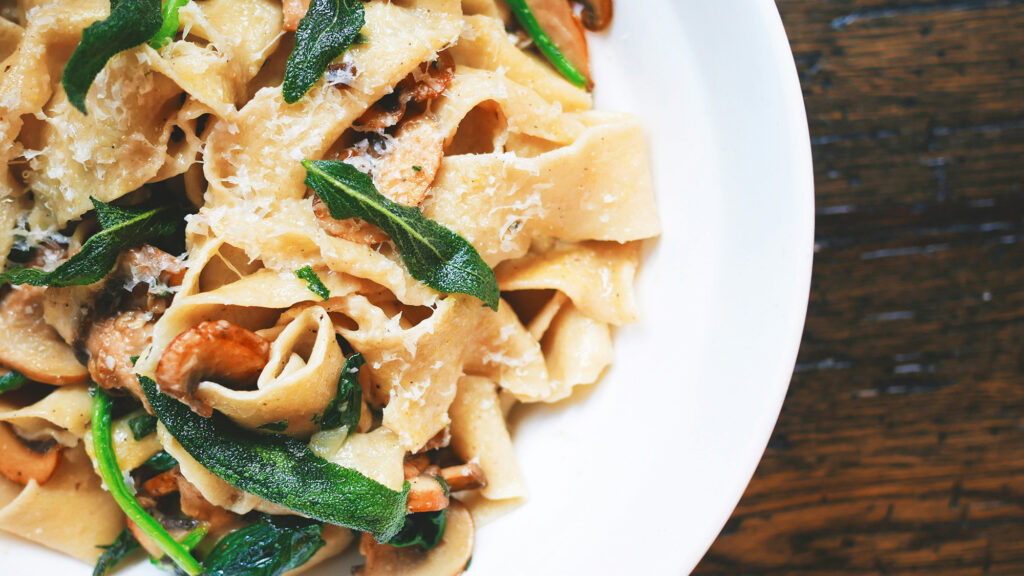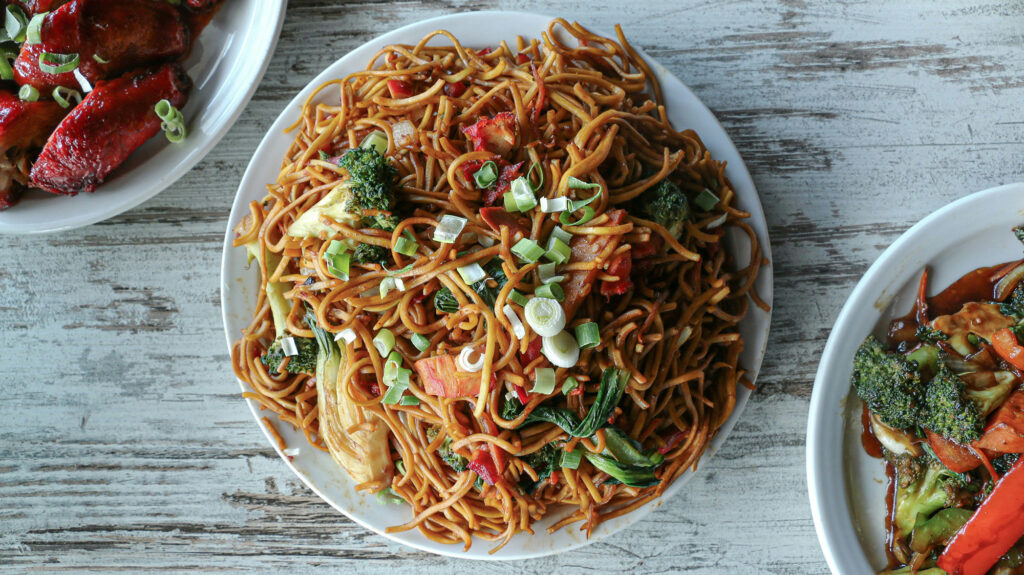Bhindi, also known as okra, and chapati, a type of Indian flatbread, are both carbohydrate-rich foods. In addition to its carbohydrate content, chapati has a high glycaemic index, which means it can cause a rapid release of glucose into the bloodstream and result in hyperglycemia.
Optimising Your Bhindi and Chapati Diet for Blood Glucose Control
• You can try chapatis made from almond flour, coconut flour, ragi or millet.
• Consider pairing bhindi with low GI carbs like cauliflower rice, black rice or 1 small millet roti of 30g.
• You can also pair bhindi with cooked protein 100g (chicken, fish or paneer).
• Add 1 tsp fat in the form of ghee to optimise sugar spikes.
• Avoid deep frying bhindi; instead, opt for sautéing or roasting it. Similarly, choose cooking chapatis with less oil.
When we consume foods that are high in simple carbohydrates, such as chapati and bhindi, they can quickly increase the glycaemic load in the body, causing blood sugar levels to spike. Therefore, it is important to optimise the duo for blood sugar regulation. Incorporating bhindi and chapati into a well-balanced diet that is low in refined carbohydrates and high in fibre-rich whole foods can help manage hyperglycaemia and support overall health.







